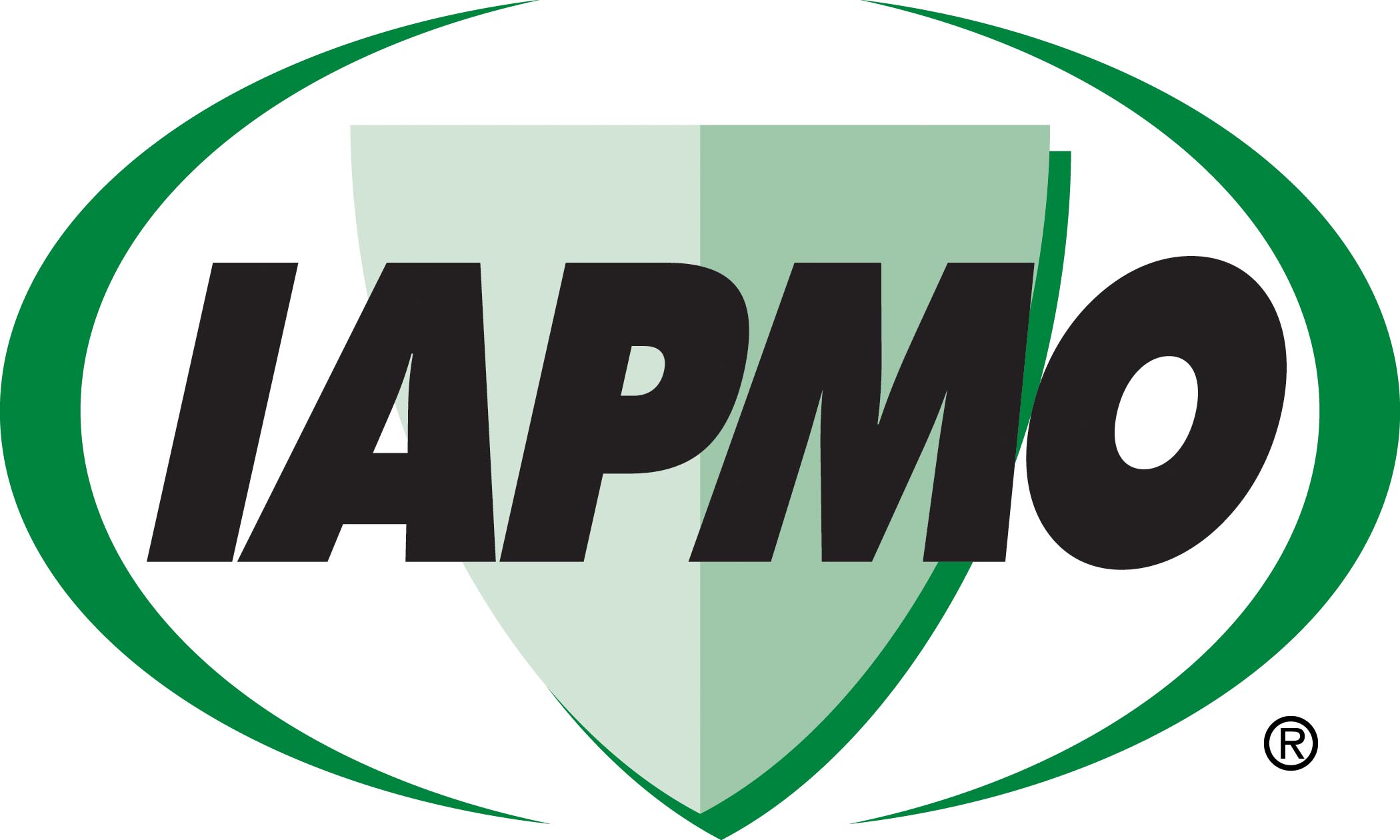Taken from the Online Editions of the UPC & UMC Answers & Analysis

SUBJECT: Occupiable Space
SECTION: 1109.3 (2024 UMC)
Question:
For exception 4, relating to the requirement for “which the refrigerant piping passes through an occupied space.” In cases where the refrigerant piping is routed through the structure (in the wall or a vertical chase or horizontal soffit) and not exposed to the occupiable space, does simply routing through the structure adjacent to occupiable space mean that this area can be ignored in the concentration calculation?
Answer:
No, you simply cannot ignore concentration amounts. Remember this is an exception to penetrating a floor ceiling or roof in an occupied space. Section 1109.3 of the 2024 Uniform Mechanical Code states that refrigerant piping shall not penetrate floors, ceiling, or roofs, with exception 4 being the concentration levels do not exceed the table 1102.3. The concentration levels cannot be ignored.
SUBJECT: Refrigerant Concentration Limits
SECTION: Table 1104.6.1 (2024 UMC)
Question:
Is this specific UMC section triggered when the releasable charge exceeds concentration limits?
Answer:
Yes, if releasable charge exceeds the limitation in the equipment listing stated in section 1104.6.1 of the 2024 Uniform Mechanical Code. When §1104.6.1 is exceeded then §1104.6.4 applies. Section 1104.6 refers to a specific type or refrigerant GROUP A2L which are likely to have a high chance of releasing the refrigerant, there are specific limits on the amount of refrigerant allowed in occupied and unoccupied spaces.
SUBJECT: Group A2L Refrigerants for Human Comfort
SECTION: 1104.6.1 (2024 UMC)
Question:
If a project condition consists of A2L piping passing through a non- occupied space (e.g. equipment room, storage room, etc.), does that space need to comply with releasable charge limitations (RCL)?
Answer:
No, the requirement in section 1104.6.1 of the 2024 Uniform Mechanical Code is prescriptive and applicable to occupied spaces and excludes continuous piping passing through the unoccupied space.
If the unoccupied space had continuous refrigerant piping and there was not any equipment, such as valves, equipment or other appurtenances located within the space it does not need to comply with Refrigerant Concentration Limits Per 1104.6.1. This sentence within the section applies to “refrigerant containing equipment, not including continuous piping or tubing.”
Refer to Occupied Space as defined in Chapter 2.
SUBJECT: Materials and Pipe Enclosures
SECTION: 1109.7 (2024 UMC)
Question:
If tubing is not soft annealed copper, must piping comply with section 1109.7?
Answer:
Yes, section 1109.7 Pipe Enclosure applies to all piping carrying refrigerant. The intent of this section is that all refrigerant piping and tubing shall be installed so that it is not subject to damage from an external source. If the tubing is not soft annealed, then only the requirements for pipe enclosures under this section do not apply.
Soft annealed copper tubing is typically more prone to damage from external sources, hence the need for protective enclosures outlined in this section. Soft annealed copper tubing conveying refrigerant shall be enclosed in iron or steel piping and fittings, or in conduit, molding, or raceway that will protect the tubing against mechanical injury from an exterior source. If the tubing is of a different material or not soft annealed copper, other regulations or standards may apply depending on the specific circumstances and requirements of the installation.
SUBJECT: Piping Underground
SECTION: 1210.1 (2021 UPC)
Question:
What is the required vertical and horizontal distance underground from a gas line to all other plumbing lines?
Answer:
The 2018 Uniform Plumbing Code addresses the clearance of underground gas piping from structures in Section 1210.1. The code does not however, have requirements for the vertical or horizontal separation of buried gas piping from other plumbing pipes or utilities.
Note: Good plumbing practice would suggest that enough separation between a buried gas line and other pipe or utilities to allow for maintenance and repair would be prudent.

IAPMO
IAPMO develops and publishes the Uniform Plumbing Code®,the most widely recognized code of practice used by the plumbing industry worldwide; Uniform Mechanical Code®; Uniform Swimming Pool, Spa and Hot Tub Code®; and Uniform Solar Energy, Hydronics and Geothermal Code™ — the only plumbing, mechanical, solar energy and swimming pool codes designated by ANSI as American National Standards — and the Water Efficiency Standard (WE-Stand)™. IAPMO works with government, contractors, labor force, and manufacturers to produce product standards, technical manuals, personnel certification/educational programs and additional resources in order to meet the ever-evolving demands of the industry in protecting public health and safety.
Last modified: February 5, 2025
